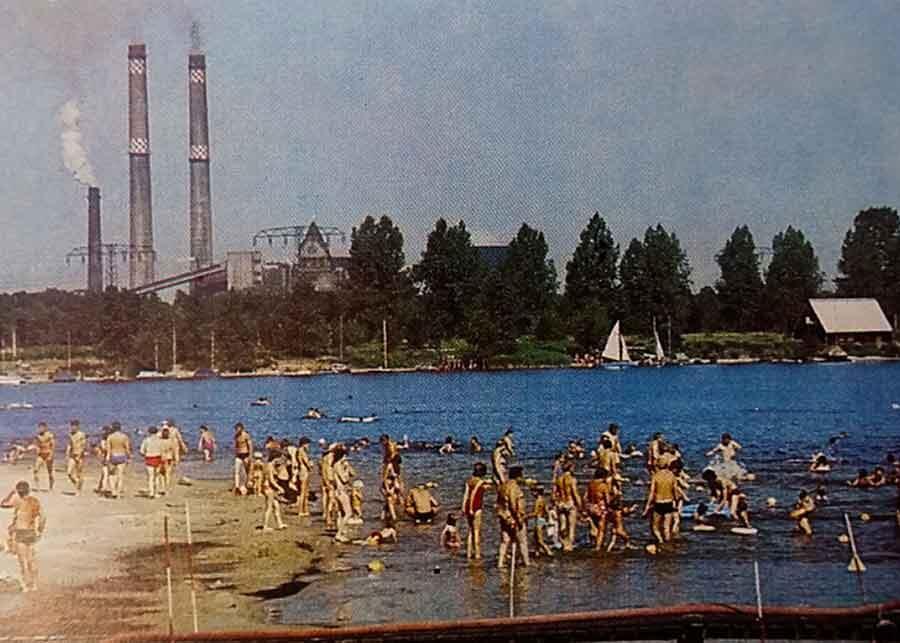
Instructor:
Course: Reconceptualizing the Urban: Berlin as Laboratory
Students: Annie White
Senftenberg is just one town involved in a larger regional effort to transition the Lusatian economy from one of lignite mining to a lake region for respite and recreation. This project focused on the period of transition: the entities and policies that influenced the creation of Lake Senftenberg, the details of the physical restoration process, and how the result is informing policy and planning decisions in the region today.
The diagrammatic timeline highlights the period in which critical events and policies influenced the transition of Senftenberg’s economy and landscape. The 20th century was a tumultuous time for Germany, with many political regime shifts and drastic restructuring of territories. These shifts greatly influenced the mining economy, as the industry flip-flopped between state-run nationalization and capitalistic privatization. However, through these breaks in the timeline remain continuities, specifically the German reverence for mining land restoration and forward-thinking urban planning. Unexpected anomalies exist, such as the creation of Lake Senftenberg under the usually non-environmentally conscious socialist GDR. This timeline seeks to show these overlaps and relationships through the various events that shaped this region.
As mining and economies of extraction occur across many different physical and sociopolitical contexts, there have been a wide variety of reuse practices for transitioning mining landscapes. These exist on a spectrum of more passive practices such as relinquishing the land back to nature, to more intensive uses such as alternate energy production. Understanding the wide range of potential restoration practices, the project seeks to understand how and why Senftenberg decided on the creation of a lake region, which exists somewhere between a passive re-use and manual restoration.
The physical conditions of the Lusatian region and the physical process of mining lignite was a major factor in Senftenberg’s ability to design for the specific flooding re-use of the landscape. Unlike coal, lignite lies close to the surface of the earth, as it is often mined in the open-cast method, with large machinery digging trenches at the surface multiple kilometers long. These trenches were able to then be flooded through ground water and their location to nearby rivers. The plan for Lake Senftenberg originated before major environmental concern for the pollution of lignite mines. Lusatia is commended for its proactive planning for the future, assuming a time in which the rest of the mines would be exhausted. The series of maps to follow will document the physical transition of the land over the 20th century to today so we can see the drastic changes in land use as mines are created, closed, and reclaimed.







